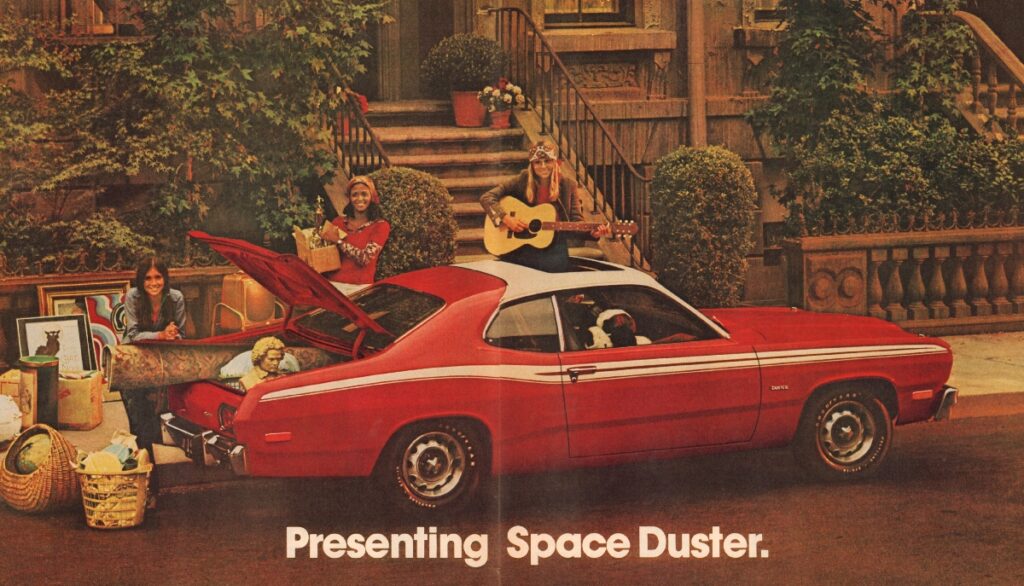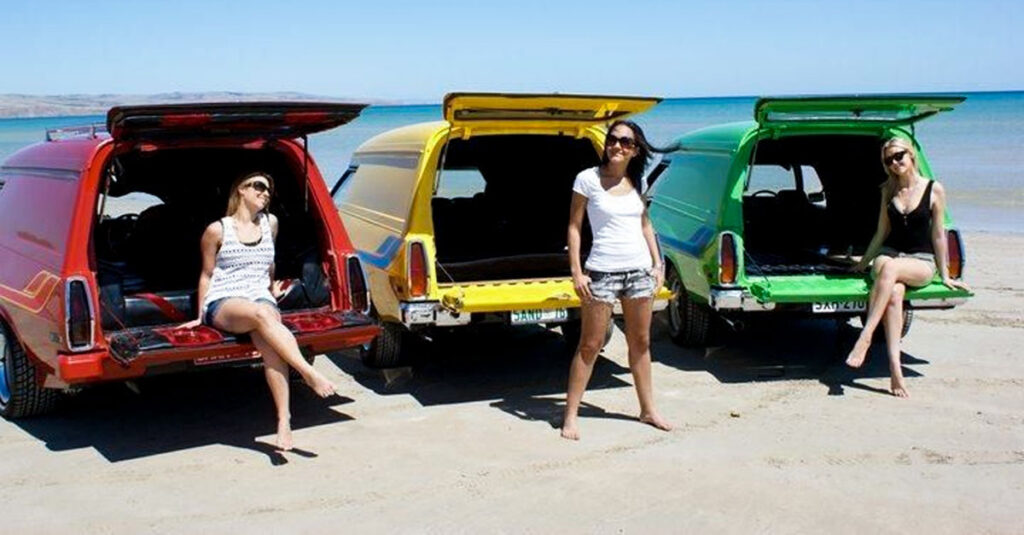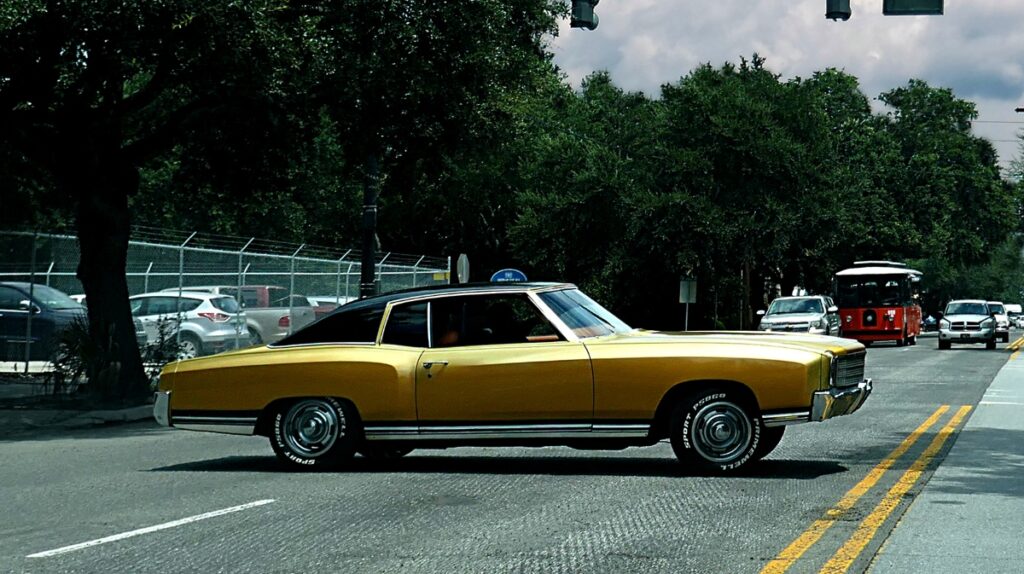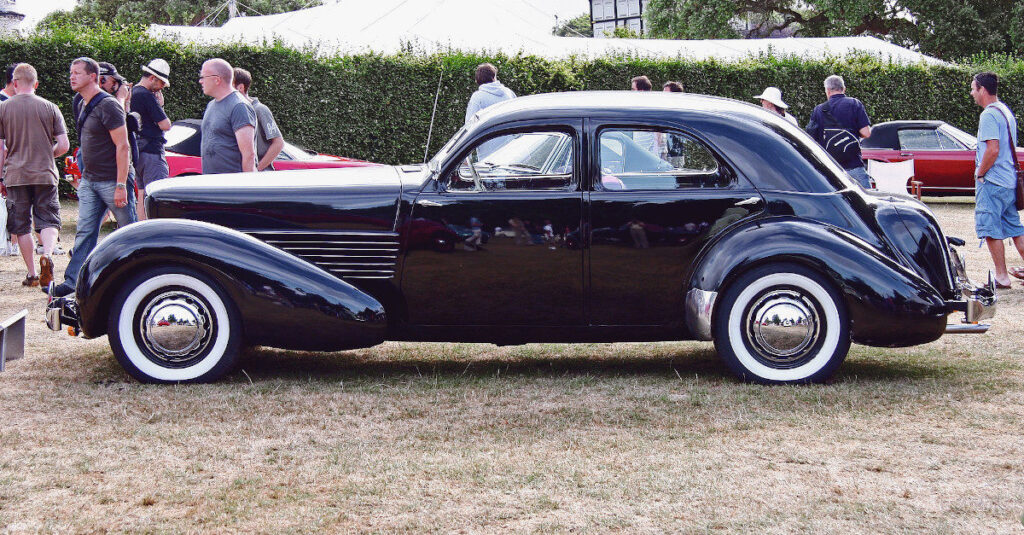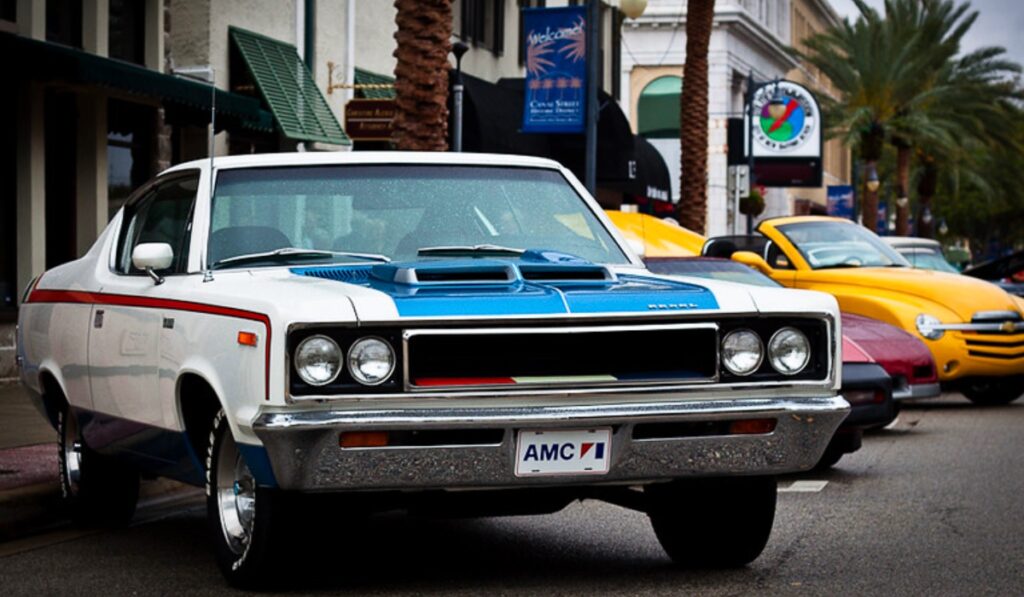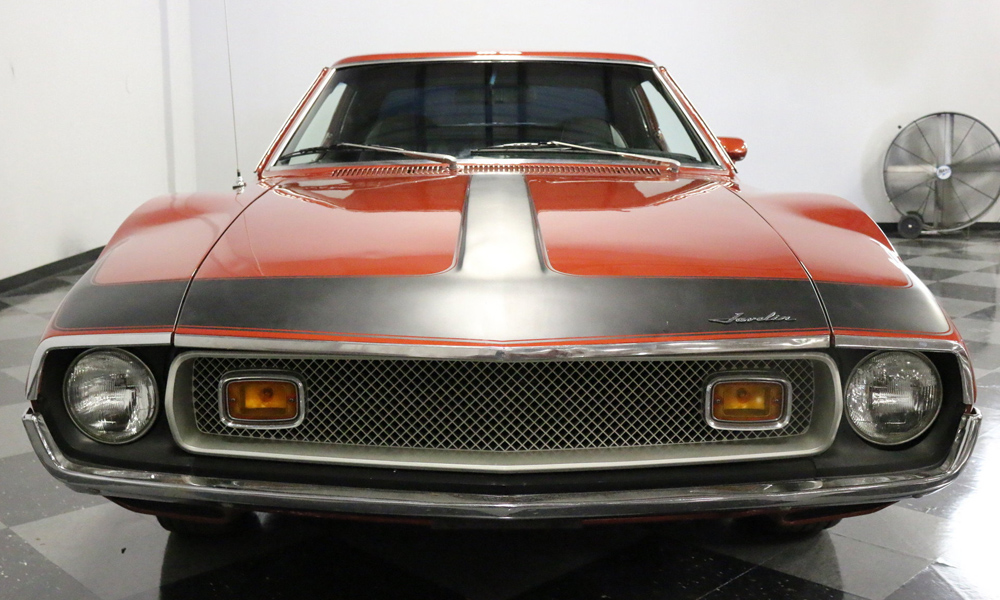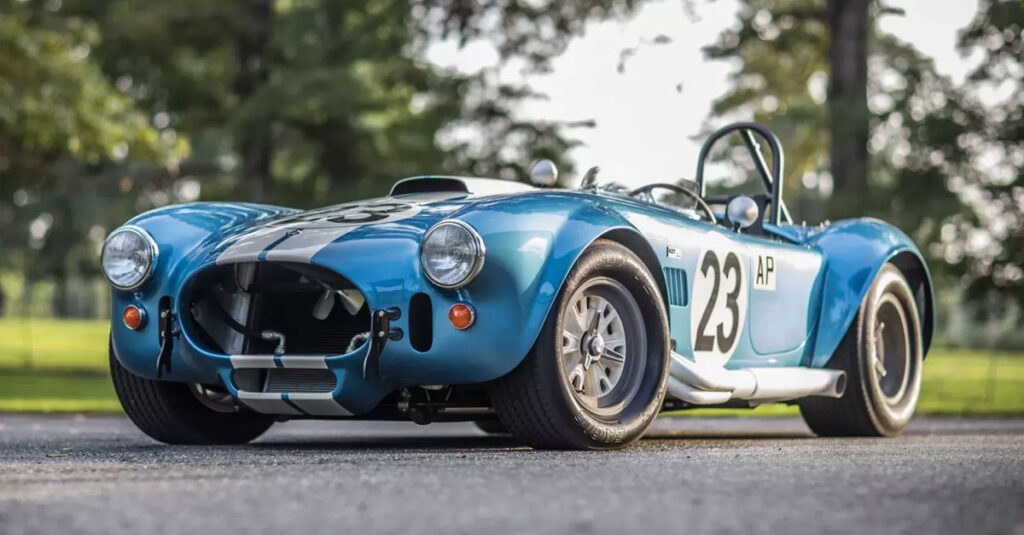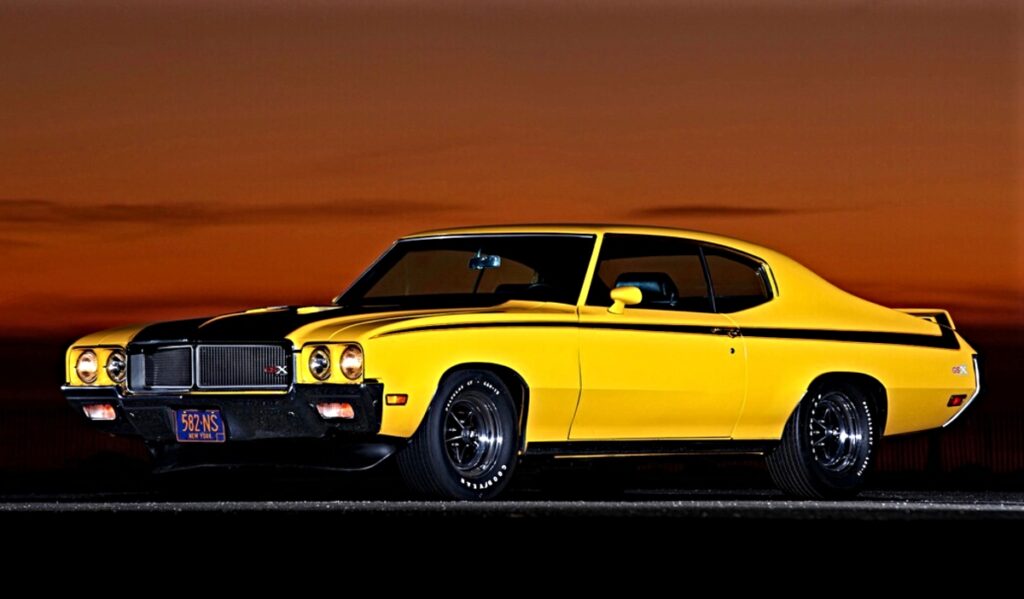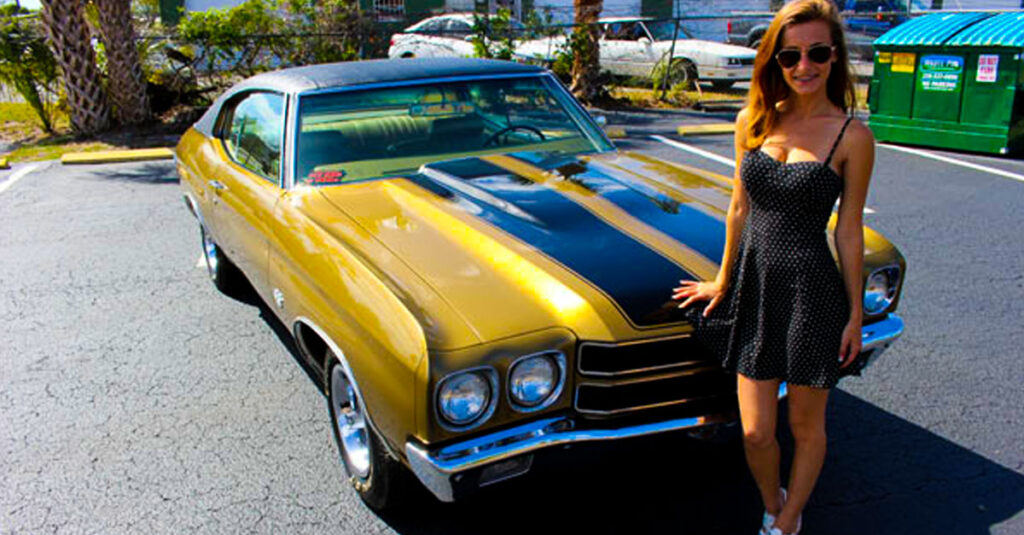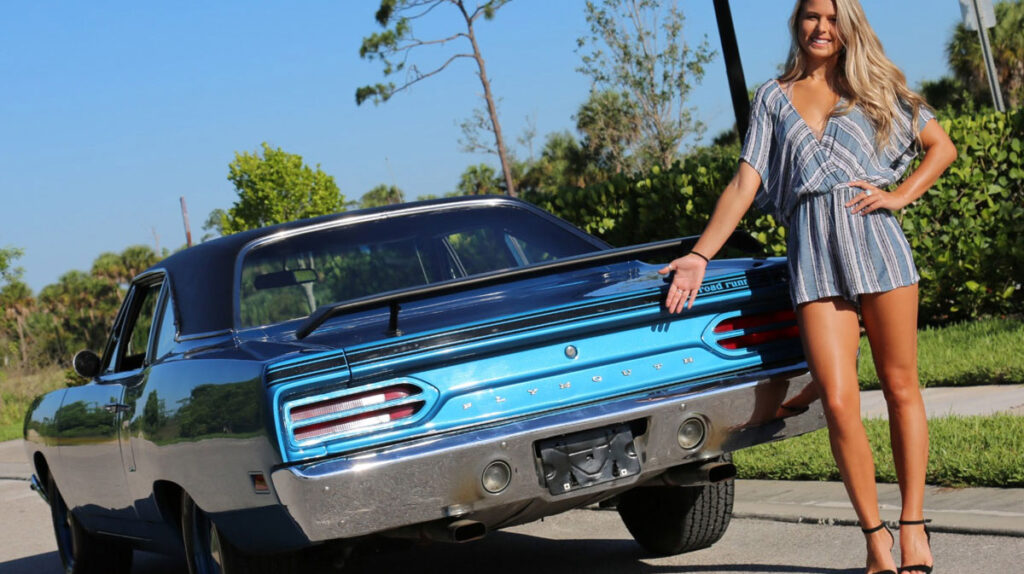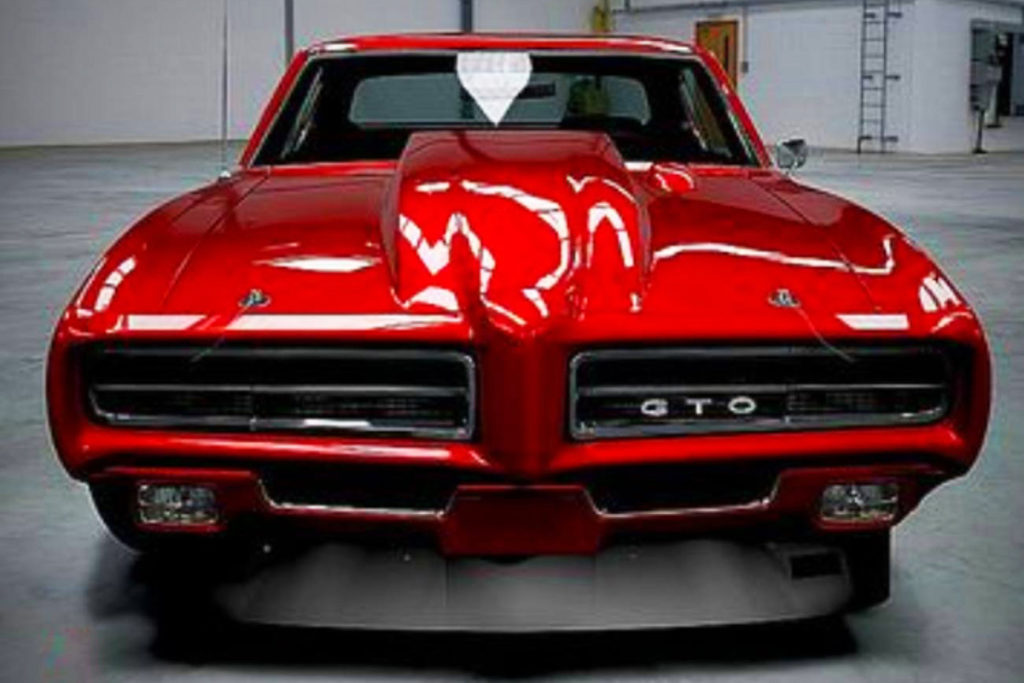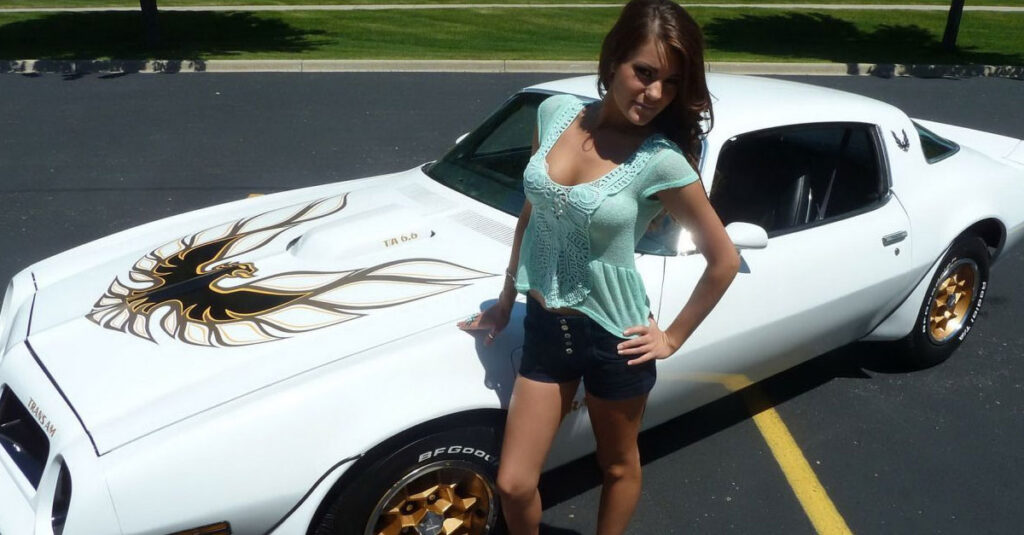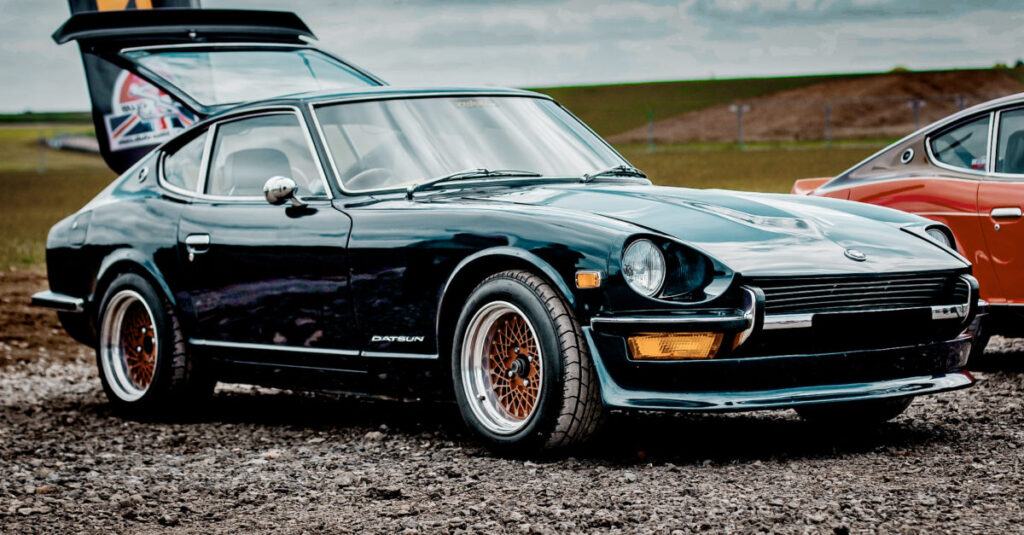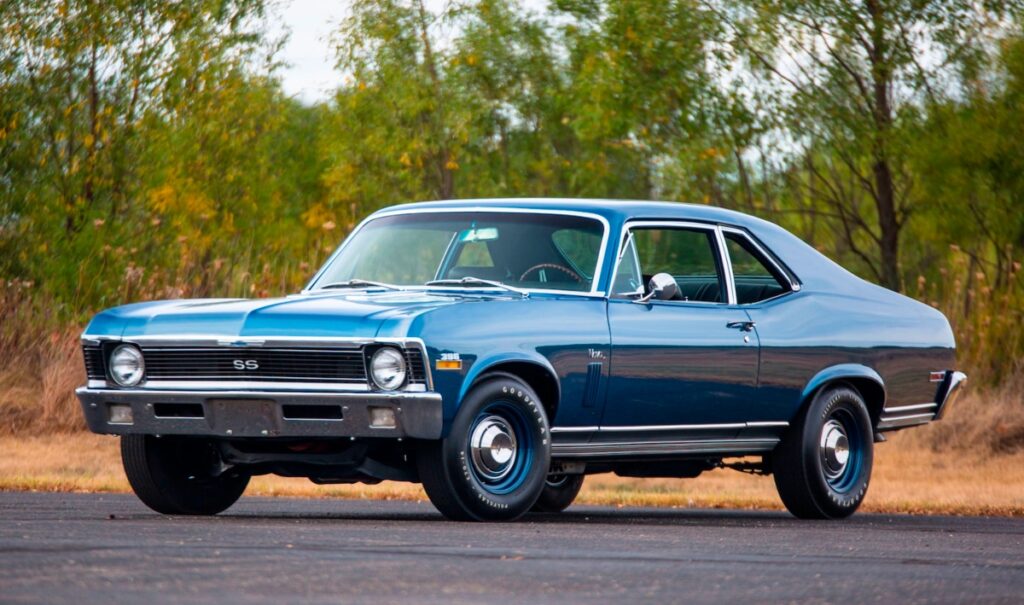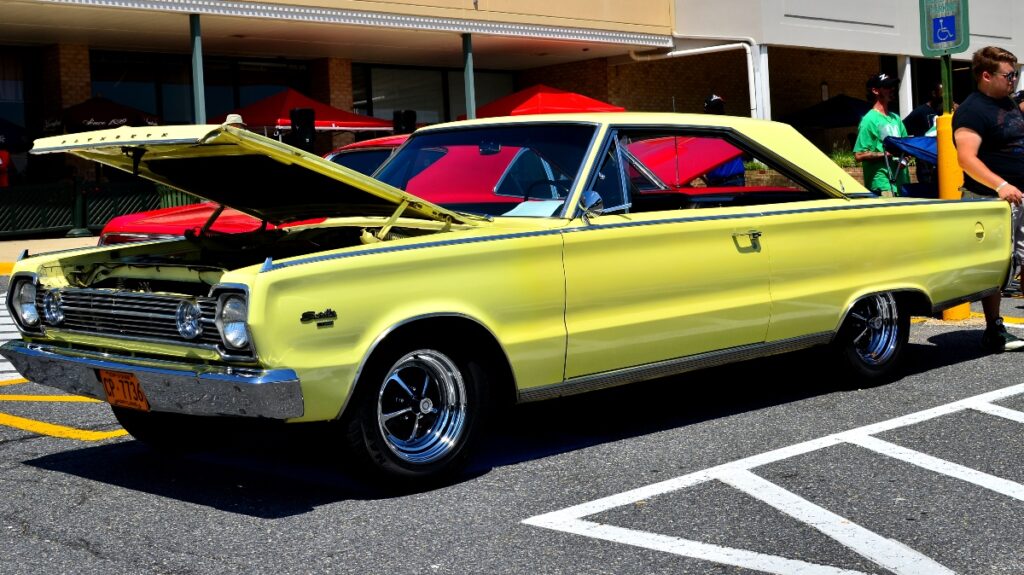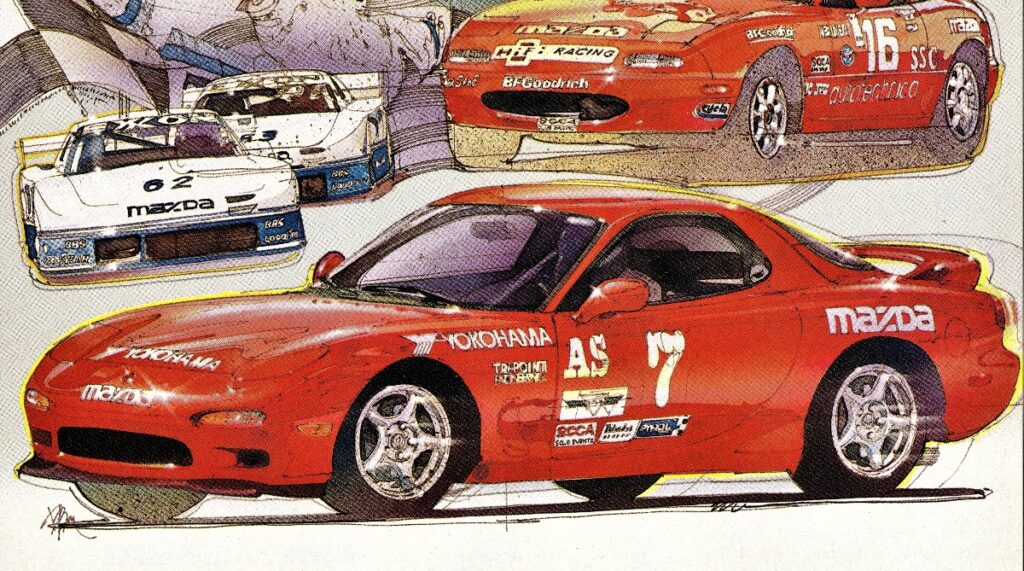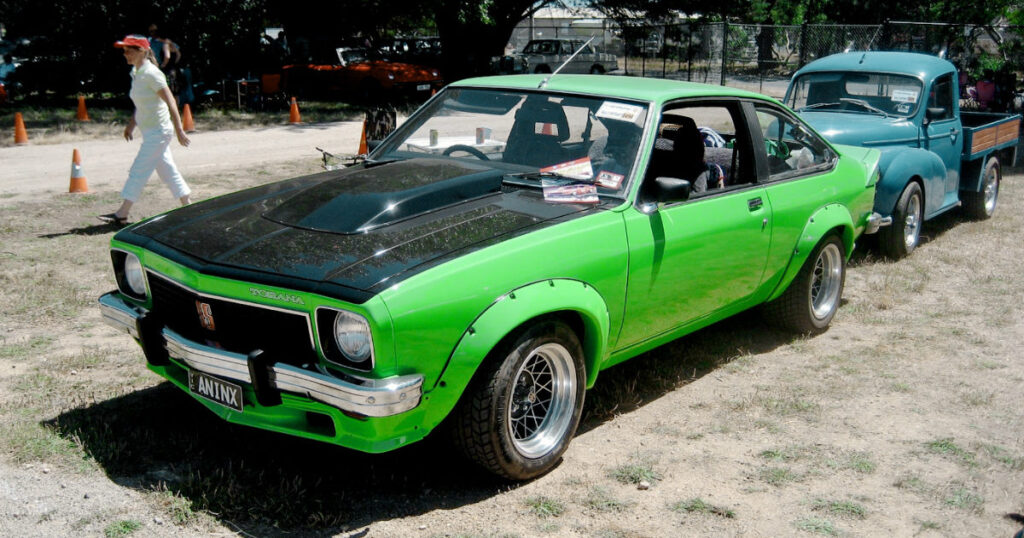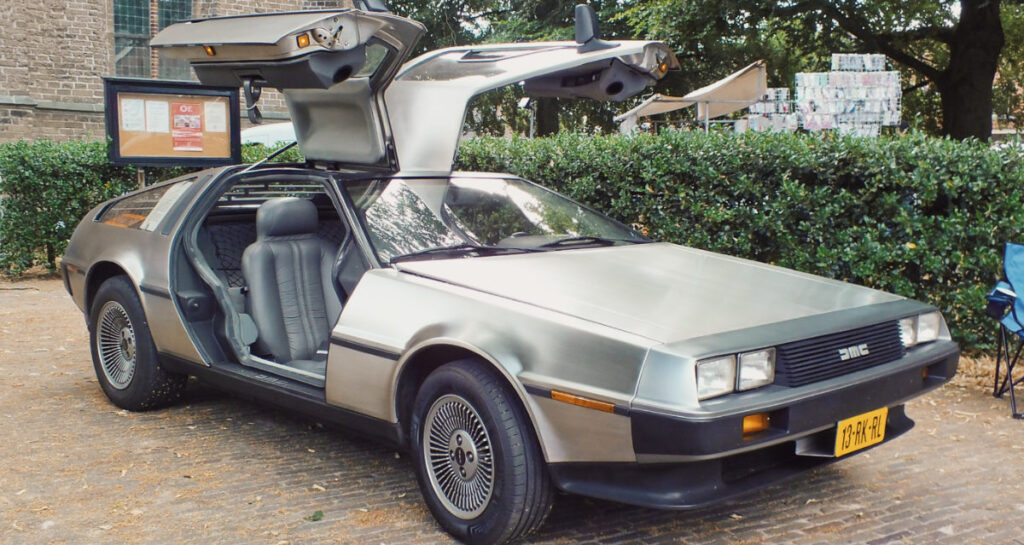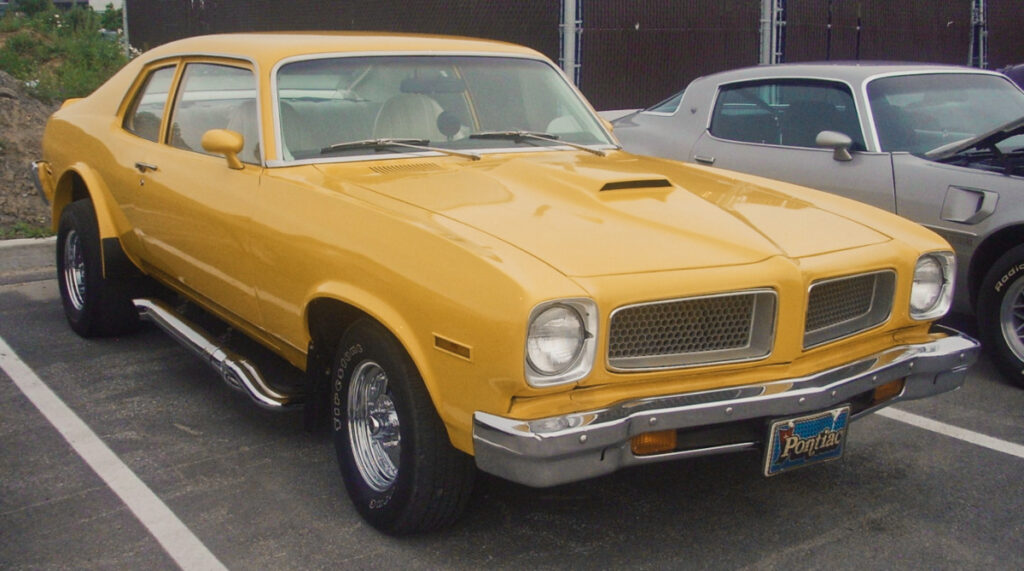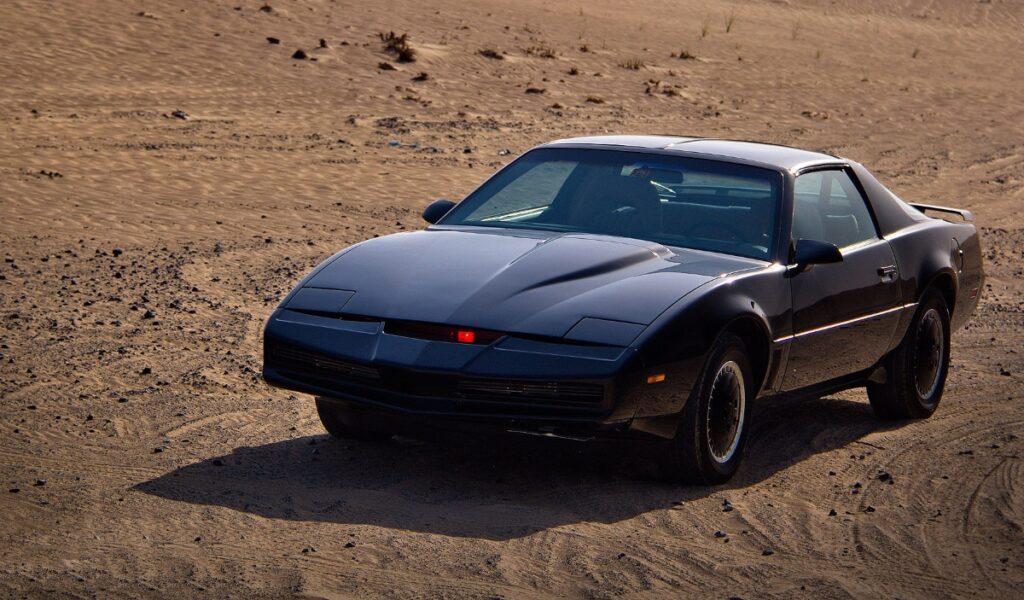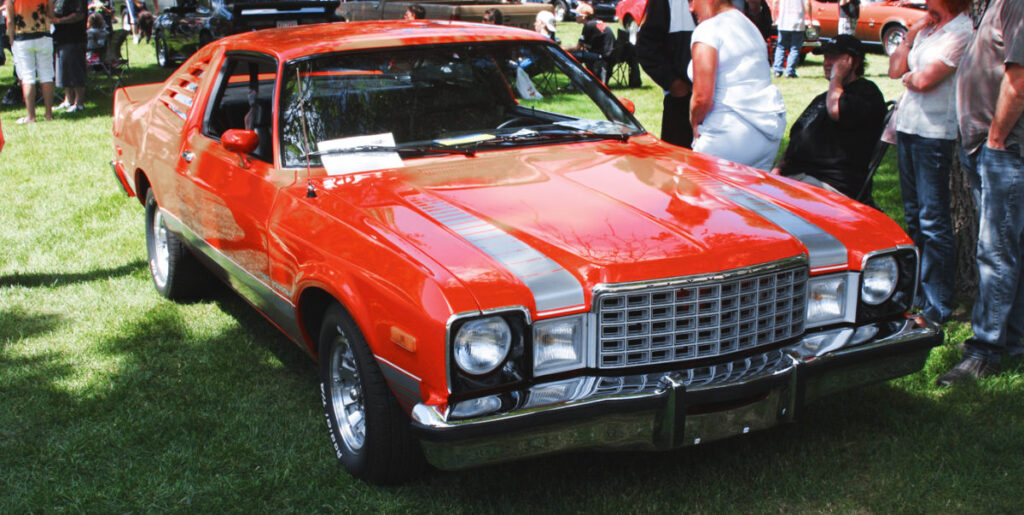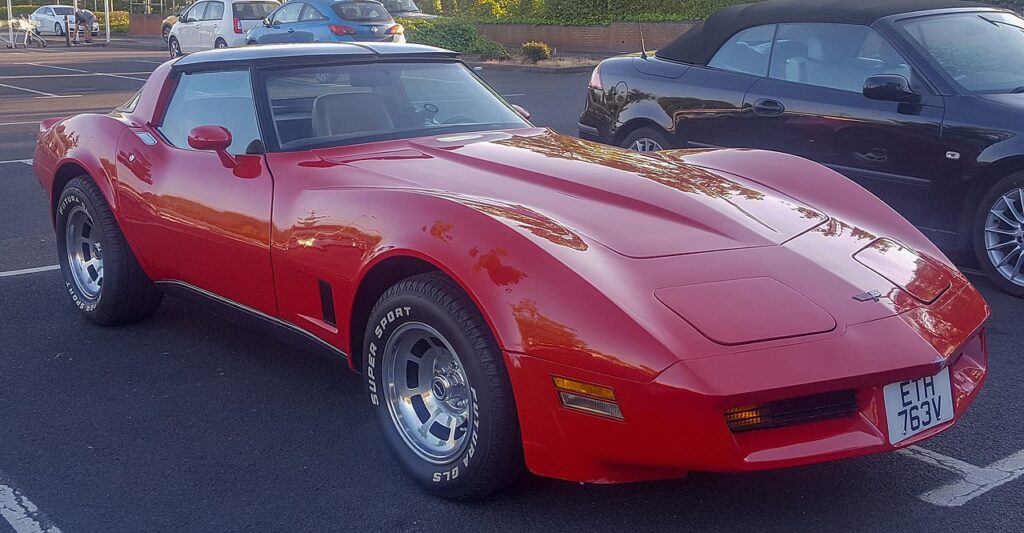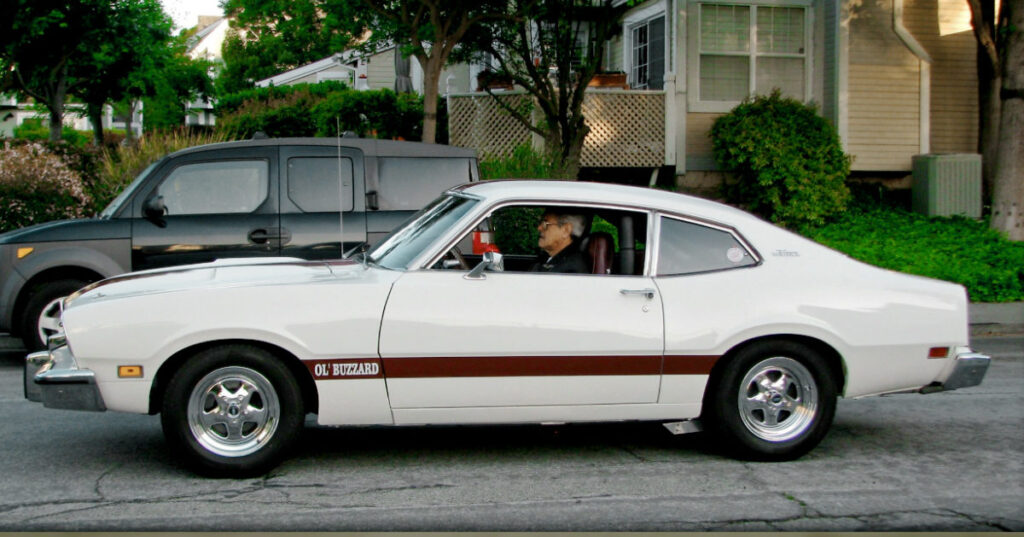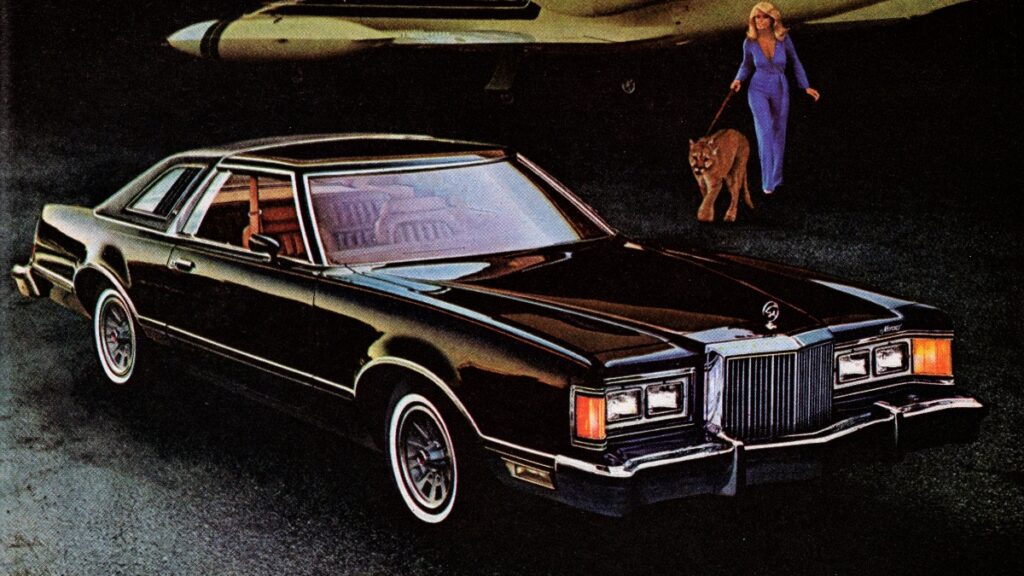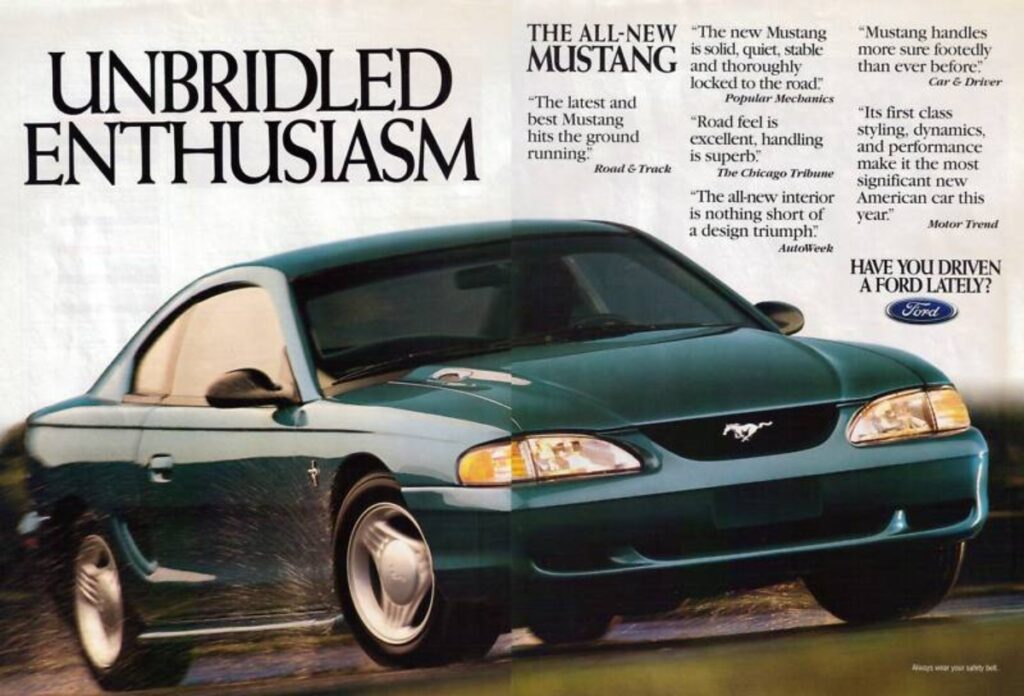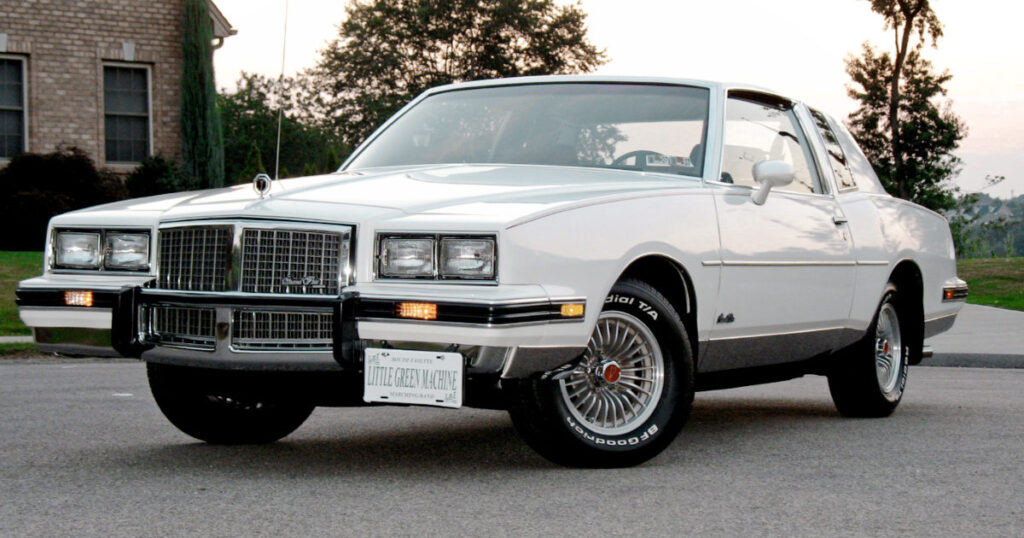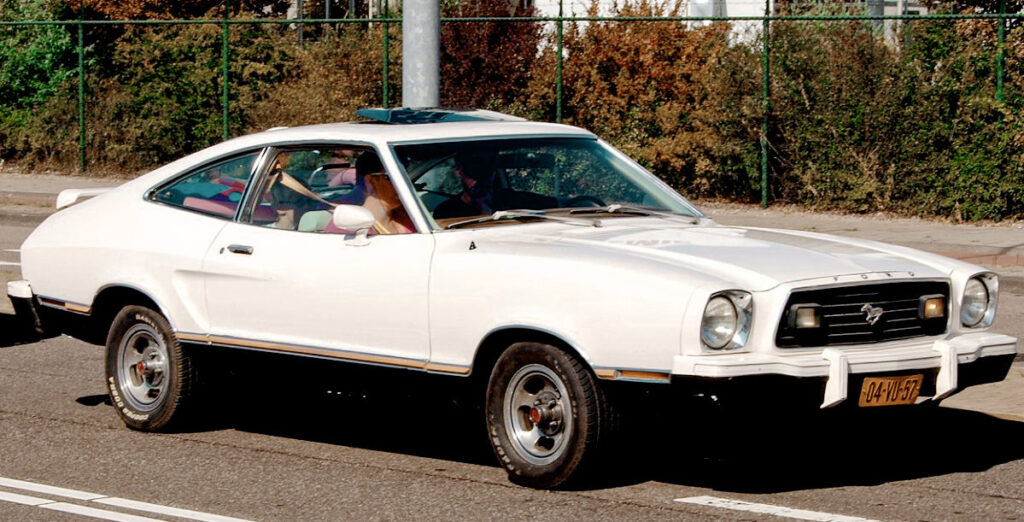35 Muscle Cars To Bring Back (And 10 To Forget About)
Enough with the motion-sensing, self-parking, auto-open, beeping, flashing nonsense that is the standard car of today. We want these bad boys back. We like our vehicles manual, heavy, loud, and proud. When we need to get somewhere quickly, nothing beats out a high-performance muscle car. We have cataloged 35 muscle cars we want to see re-made in the following list. We have also provided our picks for the ten muscle cars that can gladly stay put in the past. It is interesting to see how these vehicles started and where they are now. Many changes have occurred over the years, with some being better than others. We think there is still a lot to learn from previous models, so we hope these companies return the classics. Please enjoy.
Oldsmobile 4-4-2
First, let’s get the Oldsmobile 4-4-2’s pronunciation right. Everyone is supposed to say each number individually, so four-four-two. That’s because the original 4-4-2 features a four barrel carburetor, a 4 speed transmission (many cars back then were only three speeds), and dual exhaust. Seem a bit pretentious. Maybe but the 4-4-2 was a classy car that simply happened to offer a lot of muscle. In fact, the 4-4-2’s performance was good enough for it to be selected as the pace car for the 1970 Indianapolis 500. Sadly, Oldsmobile is no more so we’ll likely never see a new Oldsmobile 4-4-2 again.
1973 Plymouth Duster
One of the beautiful things about muscle cars is their general attainability. While many people might opine for a Lamborghini, most will never be able to afford one. The Plymouth Duster, on the other hand, was a highly affordable car that many people could purchase. While compact, the Duster was still roomy enough to be practical. Some variations of the Duster could hit 60 in less than 6 seconds, so performance was there as well. These days, the Duster’s rich history and clean good looks make it a popular collector’s car.
Austin-Healey 3000
Give me a second while I wipe the drool from my mouth. The Austin-Healy 3000 is one of the prettiest cars ever made, featuring beautiful curves, a distinctive grill, and classy styling. Better yet, those clean good looks are accompanied by strong performance. The Austin-Healy 3000 was a regular on the racing circuits in the 1960s and acquitted itself well. British Motor Corporation ended production in 1967 and in 1972 Austin-Healy was shut down completely, so we likely won’t be seeing any 3000s in the future.
1969 Chevy El Camino SS
The Chevy El Camino is a distinctive automobile on this list. While clearly a car with its low profile, the El Camino also features a pickup truck like bed. The 1969 Chevy El Camino SS pictured above is a proper muscle car. The El Camino SS was powered by a 454 V8 and could hit 60 in about 5 seconds, making it quite fast for its day. However, the El Camino is included on this list with a caveat. Rumor has it that Chevrolet is looking to bring it back in the near future.
1975 Holden HJ Sandman Panel Van
The HJ Holden was built from October 1974-July 1976. The one pictured here is painted Absinthe Yellow. The HJ was the first of three facelifts on the HQ shape, it got a squared off front with wrap around indicators front and rear. Panel vans became quite popular with Street Machiners in Australia in the 70s, surfers also loved them. The local car manufacturers decided to cash in on this fad. They dressed them up with bright colours, stripes and decals. Interiors, engines and wheels were borrowed from their muscle car siblings.
1987 Buick GNX
The 1987 Buick GNX is a highly sought after muscle cars in modern times. These days, a Buick GNX can cost $100,000 or more. The 1987 Buick GNX was blazingly fast for a 3,500 pound car. It is capable of hitting 60 miles per hour in just 5.4 seconds. Many automobiles from the 1980s were quite sluggish and slow, owing to the preceding oil crisis and government regulations. Yet the Buick GNX could keep up with many of the muscle cars that came before and after it; an achievement for sure.
1988 Chevrolet Monte Carlo
The 1988 Chevrolet Monte Carlo was a highly unique car of the 1980s and built a loyal following. The 1988 Chevrolet Monte Carlo could hit 60 in about 8 seconds, a respectable number for the 80s but far from the fastest on this list. Still, the Monte Carlo was a fun car to drive and was offered at an attractive price. It was also among the more stylish cars of the decade. Chevy did bring the Monte Carlo back in the 90s and 00s but the new models never capture the magic of the older versions.
1937 Cord 812
The 1930s saw plenty of beautiful cars hit the road. The distinctive, rounded style of the 1930s continues to capture the imagination to this day and few muscle cars are a better representative of the era than the 1937 Cord 812. The long, distinctive hood helped the Cord 812 become an icon. While not as fast as many of the later cars on this list, the Cord 812 offered plenty of muscle for its day. Some Cord 812s even came with early superchargers, offering up to 170 horsepower. Unfortunately, Cord is no more, so the 812 likely won’t be making a comeback.
1965 Pontiac Tempest GTO
One of the first proper muscle cars, the Pontiac Tempest GTO offered a great mix of performance, affordability, and utility. The 1965 Pontiac Tempest GTO, in particular, is well regarded, cranking out 335 horsepower and capable of hitting 60 in under 6 seconds. Such speeds were quite respectable in the 60s. The 1965 Pontiac Tempest also featured Pontiac’s iconic vertically stacked headlights. With the Pontiac brand having been shut down, we’re unlikely to see the Tempest GTO again. Still, it remains an important part of muscle car history.
1970 AMC Rebel Machine
The AMC Rebel was a high-volume car meant to satisfy many needs. With the AMC Rebel Machine, the American Motor Corporation made a direct appeal to those looking for something stylish and distinctly American. People could choose whatever color scheme they wanted, so long as it was the iconic American red, white, and blue. The AMC Rebel was surprisingly patriotic for being, well, a rebel. These days, the iconic Rebel Machine is a hot collector’s item, and with AMC having been relegated to the dustbin of history, we probably won’t be seeing modern versions of this car.
1974 AMC Javelin
It’s too bad the American Motor Corporation ultimately ended up folding as the 1974 AMC Javelin is a perfect example of the company’s strengths in regards to both performance and design. The AMC Javelin was a pretty pony car, with unique, stylish ridges above the wheel wells. The Javelin AMX, in particular, was a respectable muscle car, and while the AMX tag would be attached to other models, none quite conjured up the magic of the Javelin AMX. The Javelin AMX could hit 60 in about 7.6 seconds, a respectable number for such a large car in the 1970s.
1967 Mazda Cosmos
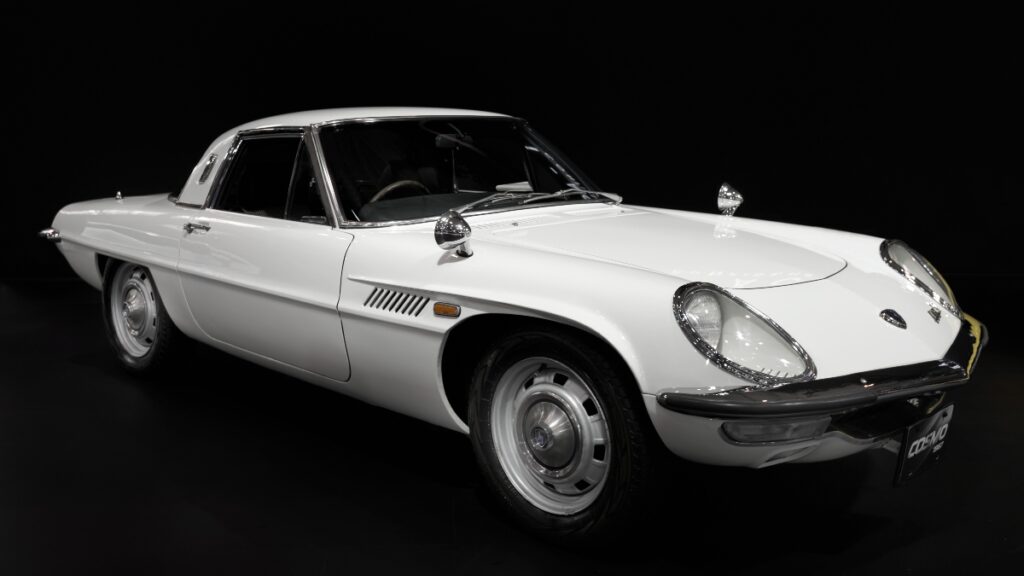
Mazda has always scored well in the design department but the original Mazda Cosmos is one of the prettiest cars the company has ever put on the road. The rounded design is more reminiscent of European styling in the 60s than what Japanese car companies traditionally offered. The Cosmos featured Mazda’s unique rotary engine, which doesn’t use traditional pistons. The Cosmos went on to compete on the tough as nails Nürburgring circuit in 1968 and put in a respectable performance, proving that the rotary engine could compete with traditional engines.
AC Shelby Cobra
The 1965 Shelby Cobra is an iconic car from the decade. They are also highly valuable, with original models easily catching seven figures at auctions. People can still pick up new Shelby Cobras from time to time. A few years back, 50 Cobras were built to celebrate the car’s anniversary. People can also find kit models. Yet while kits are nice, they aren’t the real thing either. Hopefully, Shelby builds some new Cobras in the future. If they become available and someone decides to spring for one, be prepared to shell out hundreds of thousands of dollars.
1970 Plymouth Barracuda
Double the Cuda, double the fun, the 1970 Plymouth Barracuda Cuda was one of our favorite muscle cars Plymouth ever put on the road. The Barracuda Cuda could be equipped with a massive 7 liter Hemi engine, which cranked out near 500 horsepower. This helped the rather large Barracuda reach a top speed in excess of 150 miles per hour and allowed it to hit 60 in under 6 seconds. That is fast. These numbers are quite impressive for a muscle car in 1970.
1970 Buick GSX 455
Many consider 1970 to be the pinnacle year of classic American muscle cars and with the Buick GSX 455 it’s not hard to see why. Up until 1970, GM had largely limited engines in intermediate cars to 400 CIDmor less. However, in 1970, GM decided to let the ponies roam free. Despite being a rather portly muscle car, the 1970 Buick GSX 455 could hit 60 in nearly 6 seconds. The simple, toned down styling has helped the Buick GSX age gracefully and to this day it’s one of the more sought after classic American muscle cars.
1970 Chevy Chevelle SS
Chevrolet has long been known for putting out some powerful muscle cars available, and the Chevelle SS is a perfect example of the company’s prowess. The Chevelle SS could hit 60 miles an hour in nearly six seconds, making it blazingly fast. Equipped with a powerful 454 engine, which cranked out a cool 500 pound-feet of torque and 360 horses, the Chevelle SS certainly earned its distinctive twin racing stripes. The 1970 Chevelle SS remains an iconic vehicle from the golden age of American muscle cars.
1970 Plymouth Road Runner Superbird
There might not be a more distinctive classic muscle car than the Plymouth Road Runner Superbird. Road Runners were already well respected performance machines when Plymouth decided to up the ante with the Superbird. The comically massive spoiler helps the Superbird keep its wheels on the pavement. The sharp front end makes it more aerodynamic than many classic muscle cars with their flat front end. Despite weighing nearly 4,000 pounds, the Superbird could hit 60 miles per hour in just 5.6 seconds. Someone can thank the big 426 Hemi engine for that speed.
1964 Pontiac Catalina 2+2
Pontiac’s from the 1960s are among the sleekish, most stylish cars of an era defined by impressive designs. The Pontiac Catalina 2+2 is an exemplary example of Pontiac’s design prowess. The Catalina was a big car, considered by many to be the famous GTO’s big brother. The Catalina was a truly massive car, measuring some 213 inches in length. To put that into perspective, most full-sized cars today barely top 200 inches in length. Equipped with a respectable 421, the Catalina 2+2 reached 60 miles per hour in a respectable 7.3 seconds. The Catalina is far from the fastest car on this list, but it certainly ranks among the prettiest.
1969 Pontiac GTO Judge
It’s too bad the Pontiac brand is no more as it makes it unlikely that we’ll ever see the GTO Judge again. The GTO Judge melded the iconic styling on the 1960s with the modernized designs that would later appear in the 1970s. The crisp, clean lines and distinctive grill make the GTO Judge easy to pick out in a crowd. The Pontiac GTO was a relatively affordable muscle car and was selected as the Motor Trend Car of the year in 1968. The GTO was briefly revived from 2004-2006, with the more modern GTO largely upholding the classic’s performance prowess. Still, it’s unlikely we’ll see the GTO again, at least not under the Pontiac badge.
1978 Pontiac Firebird Trans Am
This is an iconic muscle cars of the late 1970s. The Pontiac Firebird Trans Am played a starring role in the classic “Smokey and the Bandit” movie, which catapulted both the Firebird and Burt Reynolds to Hollywood fame. The massive Firebird decal often found on the hood of the Trans Am made it hard to miss. The 1978 Firebird Trans Am also offered excellent acceleration, capable of hitting 60 in just over 6 seconds. And the often-equipped t-tops meant someone could enjoy an open air experience as well. Unfortunately, Pontiac is no more so we may never see a new Firebird again.
1967 Ford Falcon XR GT
The Land Down Under, Australia, has gotten a variety of unique Fords over the years. The 1967 Ford Falcon XR GT is one such car. Based off the American version of the Falcon, the XR GT was adapted to the harsh conditions in Australia. It came equipped with a beefy V8 engine that could crank out 200 plus horsepower. Being a relatively small car, that big engine ensured that the Ford Falcon XR GT could get up and go. The simple styling makes the Ford Falcon XR GT an attractive car to this today.
Datsun 240Z
The Datsun 240Z offered beautiful styling and solid performance at a distinctly affordable price, costing just north of $3,500. Corvettes from the same year usually went for $5,000 plus off the dealer’s lot. These days, a Datsun 240Z usually goes for a lot more. And with Datsun having been rebranded as Nissan, we’ll likely never see another Datsun again. That said, the Nissan 370Z does offer a good modern take on the 240Z, being affordable while offering great styling and solid performance. Unfortunately, 2020 will be the last year for the modern 370Z and there’s no word yet on a replacement.
1970 Chevrolet Nova SS
Not all Chevrolet Nova’s were proper muscle cars. Many came equipped with underpowered 4 cylinders and would have struggled to keep up with a Mustang or any other true muscle car. However, if people opted for the SS package they were treated to a 350 cubic engine V8 that cranked out 300 horsepower. Someone could opt for a 396 big block as well that produced up to 375 horsepower. Keep in mind, the Nova was a pretty light car, so the SS was a proper speed demon, capable of hitting 60 in just 5.7 seconds.
Toyota 2000GT
When someone thinks of “Yamaha”, they probably do not think of automobiles. Yet the Toyota 2000GT was actually a limited edition tie up between the two famous Japanese brands. The Toyota 2000GT was very hard for people to get their hands on. Many argue that it’s the first truly collectable Japanese car and also the first Japanese supercar. This means the 2000GT earned a very unique place in history. These days, a 2000GT can fetch seven figures at an auction. Back in the 1960s, it was compared favorably to Porches and other renowned super cars.
1959 Cadillac Series 62 Coupe Deville
Cadillac isn’t known for putting out muscle cars. Their cars are typically more refined, and while many of them put in solid performance, they’re less about speed and more about luxury. Still, the 1959 Cadillac Series 62 Coupe Deville would help pave the way for later muscle cars. The iconic fins make the 1959 Cadillac Series 62 Coupe Deville look like a rocket ship. And the 6.4 liter engine cranked out a very solid 325 horsepower. That was a lot of power in the 1950s and pointed to where the future was heading. Sadly, the Deville was discounted in 2005.
1969 Nissan Skyline GTR
American car companies rightly dominate this list. No disrespect to Japanese and European automakers, muscle cars are Americana through-and-through. That said, Nissan put together a pretty compete Japanese muscle car with its 1969 Skyline GTR. Nissan originally equipped the car with only an inline six cylinder. However, the Skyline GTR was still a formidable road warrior. In the 2000s, Nissan killed off the Skyline GTR, but a newer, even higher performance car, simply called the GTR, took its place. Still, it’d be nice to see the Skyline itself make a return.
1966 Plymouth Satellite
Thanks to the 426 Hemi found under that long, beautiful hood, the Plymouth Satellite could hit sixty miles in just 5.1 seconds. That’s quite respectable by today’s standards. Back in 66, that was blazing fast, capable of dusting most of 60s Lamborghinis and Ferraris. And the Plymouth Satellite was a big, beefy car, so it takes a lot of muscle to go so quick. But Hemis rarely struggle to deliver horses. If the Plymouth brand is ever revived, hopefully, the Satellite is one of the first cars brought back to the road.
Chevrolet Firenza CanAm
Also sold under the Vauxhall brand, the average Firenza CanAm was no muscle car, being equipped with four cylinders. These Firenza CanAms still put in respectable performance, but were this car really shined as a muscle car was the limited edition “Little Chev.” GM managed to cram a massive 5 liter V8 from its respectable Camaro into the Little Chev. In order to qualify for racing, 100 had to be built and sold to the public. Only 100 were eventually sold, making the Little Chev an exceedingly rare muscle car.
Mazda RX-7
Muscle cars are often defined by their cylinders. Many might guess there are several cylinders under the hood. However, Mazda only has one. The car’s unique Wankel rotary engine eschews traditional pistons, instead relying on two rotors and an output shaft operating in one cylinder. Of all the rotary-powered cars ever made, the Mazda RX-7 is well-known. From 1978 to 2002, the Mazda RX-7 was a popular and lauded mid-range sports cars. Mazda has since killed off both the rotary engine and the RX-7, although rumors of a successor continue to swirl.
1976 Holden Torana
Not all Holden Toranas were muscle cars. In fact, the majority of basic models were little more than common passenger cars. However, if someone opted for the SS package, with its unique welded wheel wells, they got a pretty swift car. Being rather small, the V8s they managed to cram into the engine department provided solid acceleration. Built for the harsh conditions in Australia, the Torana SS featured sound handling as well. Unfortunately, the model lineup was killed off by 1980 and Holden as a brand has been replaced by GM.
1969 ½ Dodge Super Bee
People already know it’s a cool car when they get a “½” in the tag. Dodge simply couldn’t wait for 1970 to roll around before releasing the 1969 ½ Dodge Super Bee onto the road. This muscle car shared a lot with the Plymouth Road Runner but was sold at a much lower cost. While the Road Runner was a better muscle car in most respects, the Super Bee was an admirable performer and great value. Dodge brought the Super Bee moniker back in the 2000s, attaching it to the reborn Charger but it just wasn’t the same.
1971 Ford Capri Perana
When someone thinks of muscle cars, South Africa probably isn’t the first country that pops into mind. Yet South Africa’s Basil Green Motors has put together a number of souped up muscle cars over the years. The 1971 Ford Capri Perana is among the company’s great renditions. The Capri Perana was basically a mix of the Australian Ford Falcon and the American Mustang, and used the latter muscle car’s engine. Built specifically for racing, the Ford Capri Perana could hold its own again just about any muscle car of the era.
1969 Plymouth Road Runner
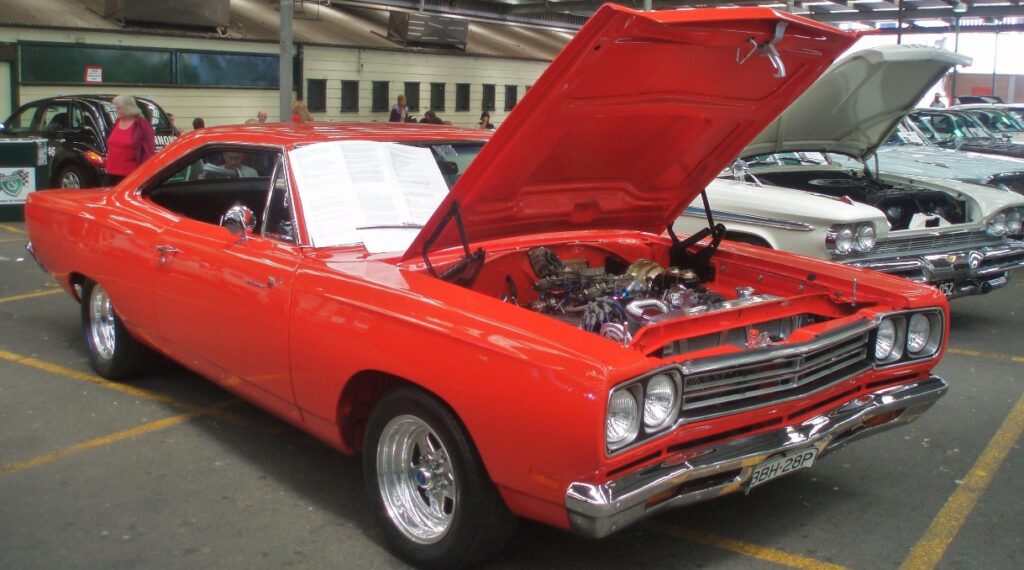
In its last years, Plymouth earned a reputation mostly for selling rebranded Dodges and cars suited for running errands. That’s too bad because Plymouth was one of the leading companies at building muscle cars. And the 1969 Road Runner was one of our favorite muscle cars Plymouth ever produced. Equipped with massive 440 engines or sometimes 426 hemis, the Road Runner was a fast, mean car. Plymouth even paid to use the Road Runner name, based on the Wiley E Coyote cartoons. Who knows, maybe we’ll get another cartoon tie up in the future.
1967 Dodge Coronet R/T 426 Hemi Convertible
Only three Hemi Coronet R/T convertibles were produced in 1967. Curb appeal was the name of the game for the 1967 market, and the Dodge Division hit the mark when they introduced the new Coronet R/T for 1967. The R/T stands for Road/Track. The muscle car, which is one of the rarest in the world, was created to exude performance, class, and exclusivity. In ’67, the car came equipped with bucket seats, special R/T badging and trim pieces, and an exclusive hood with special chrome accents. There were 628 R/T convertibles built in 1967; only three brave buyers added the extra $457 to put the 426 Hemi engine between the front fenders.
10 Muscle Cars To Forget About – 1980-81 Delorean DMC-12
The Delorean is an iconic enough of a car that we have to talk about it. Yes, the Delorean looks awesome. Sure, it’s a Hollywood icon. And it’s cool that Brazil tried (unsuccessfully) to get into the muscle car market. But as far as performance is concerned, the Delorean DMC-12 is all rev, no traction. The Delorean needed nearly 11 seconds to hit 60 miles per hour, with the Peugeot-Renault-Volvo 2.8L V6 underneath the hood producing just 130 horsepower. No matter how sharp the looks are, if someone’s muscle car can’t perform, it’s a muscle car in name only.
1974 Pontiac GTO
The 1974 Pontiac GTO is the perfect muscle car for a grandma fetching groceries. While the GTO was arguably the first muscle car and also one of the greats, the 1974 model simply fell short of the company’s lofty standards. The 350-CID V8 produced just 200 hp, resulting in sluggish speed. To no surprise, the 1974 was a flop and largely lambasted by auto enthusiasts. In fact, the 1974 GTO’s sales were so bad it actually lead to the GTO brand being killed off. That’s too damn bad because older GTOs were excellent muscle cars.
1982 Pontiac Trans Am
The 1978 Firebird Trans Am is one of the prettiest muscle cars of all time yet within just four years, the Pontiac Trans Am had become a rather slow, tepid ride. Certainly, the 1982 Trans Am looked decent enough but it needed nearly 9 seconds to hit 60 and handling was far from inspiring. Admittedly, the 1978 Firebird Trans Am was more of a looker than a race machine, but in the years after, the Trans Am got slower and slower. The 1982 Trans Am would struggle to keep up with the average modern family sedan.
1976 Plymouth Volare Road Runner
Plymouth had some interesting thoughts when they attached the “Road Runner” moniker to the 1970 Plymouth Volare. People have to understand (apparently Plymouth didn’t) that the Road Runner is an iconic muscle cars. Few names conjure up “performance” like the Road Runner. Yet the 1970 Plymouth Volare Road Runner would get dusted by a modern Honda Civic, taking more than 10 seconds to hit 60 miles per hour. The Volare was a decent car for the late 1970s but certainly never earned the Road Runner name and was a poor performer by muscle car standards.
1980 Corvette California
California is a great state, pumping out excellent wine and technology. The Corvette is, to this day, one of the greatest muscle cars of all time. Let’s hope they never team up again, however, as the 1980 Corvette California was among the worst Corvettes ever produced by Chevrolet. The 305 CID engine was laughable by Corvette standards. Even more puzzling, Chevrolet mated that underpowered engine to a three speed transmission. That’s jaw dropping in all the wrong ways. There were certainly slower cars at the time, but the 1980 Corvette California simply didn’t earn its Corvette badge.
1975 Ford Maverick Grabber
Whether or not the 1975 Ford Maverick Grabber is a proper muscle car is debatable, but Ford certainly tried to “grab” the attention of muscle car enthusiasts with the 1975 Maverick Grabber. Unfortunately, the Grabber was a fraud by muscle car performance metrics, featuring an underpowered V8 that cranked out a laughable 129 horsepower. The V8 Grabber needed nearly 11 seconds to hit 60. Granted, that’s better than the V6 variant, which needed nearly 20 seconds. So while the Grabber certainly looked nice, it was no true muscle car and it’s a good thing it’s been tossed into the trash bin of history.
1977 Mercury Cougar
The 1977 Mercury Cougar was, in a certain sense, a luxury version of the Ford Mustang. It was a bigger, more luxurious version of the Mustang yet it didn’t offer the same level of performance. Don’t get me wrong, certain years of the Cougar were perfectly fine. However, the 1977 Cougar was a slow, laborious car. It took nearly 15 seconds for the 1979 Cougar to hit 60 miles per hour. Many of the muscle cars on this list could do a quarter mile 14 seconds or less. The 1977 Cougar needed over 20 seconds.
SN-95 Ford Mustang
SN-95 Ford Mustang doesn’t necessarily refer to a single model of the classic Mustang. But rather, we’re willing to lump the entire class into this category. SN-95 represents the fourth generation of Ford Mustangs (those made from 1994-2004). We have moved on to later generations of the Mustang, and thank goodness. The entire class was lauded for its drivability and how well it handles on the road. But when they look like they did, no one cared how they drove. American motorists the country over rarely agree on anything, but the mutual disdain for this generation of muscle cars is one of them.
1985 Pontiac Grand Prix
In the “bring back” section of this article, I mentioned the 1988 Chevy Monte Carlo and the 1987 Buick GNX, both solid muscle cars built on the same platform. Now it’s time to meet the platform’s blacksheep, the 1985 Pontiac Grand Prix. While the GNX and Monte Carlo were stylish vehicles, the Grand Prix looks stale and boring. And while the GNX was a proper race machine, and the Monte Carlo offered solid performance, the Grand Prix was suited for fetching groceries.
66 Pontiac 2+2
The Pontiac Catalina 2+2 received enough praise and attention that Pontiac decided to spin the 2+2 off into its own unique brand for the 1966 year. Like the Catalina, the 2+2 was equipped with a 6.9 liter 421 engine, which offered great performance. While the 1966 2+2 looked similar to the Catalina, it did get its own unique trimming and other tweaks. Poor sales forced the 2+2 to be rolled back into the Catalina lineup the next year. For collectors, however, that simply makes the 1966 Pontiac 2+2 an even more unique automobile.
1974 Ford Mustang II
The keyword (number) here is “II”. The Ford Mustang was vital in sparking the growth of muscle cars and many of the 1960s models are a highly sought after classics today. In 1974, Ford tried to follow up on the success with the Mustang II (which stood for second generation). The car immediately flopped. It offered decent enough styling but terribly poor performance. Ford would recover with their later models, which were simple called “Mustangs”, no numeric needed. That is likely because numerals would remind people of the Mustang II.

